What is Pruning?
In the forest, trees are able to play by their own rules. They can spread out as much as possible and even relieve themselves of older branches to the forest floor. The trees in your yard and along your street do not have quite the same freedom for a good reason. Of course, we want our trees to look natural while also ensuring they grow strong and do not become safety risks.
This is where pruning comes in, while you may have heard the term and know it has something to do with trimming your trees there is more to it. Read on to learn exactly what pruning is, and why and how it is done.
WHAT YOU NEED TO KNOW ABOUT PRUNING
First off for those that have not heard of pruning or have seen it take place pruning can be defined by: Selectively removing branches from a tree. The goal is to remove unwanted branches, improve the tree’s structure, and direct new, healthy growth. Now the benefits that pruning can bring you and your trees is that they are an investment that promotes long term health of your plants.
More benefits of pruning include:
- No more dead, broken or damaged branches
- Save your property from potential damages from fallen branches
- When you remove old branches, you give trees the green light to grow
- Train trees to grow on your terms so that branches will not hang over the roof or powerlines
- Give trees a clean, polished look that elevates your whole landscape
- Set the tree up with a good foundation for long term health
WHAT ARE THE DIFFERENT TYPES OR METHODS OF PRUNING?
Different goals of homeowners call for different trimming methods.
Here is a breakdown of the most common types:
- Reducing Density: Great for removing limbs all the way back to their branch of origin. It is a method used to free up the canopy so that more sunlight can come through.
- Maintaining Health: Great way to fine tune your tree. SImple cuts are used to clear out dead, diseased, and damaged limbs to give the tree a polished look.
- Size Management: Cuts reduce a tree’s height or width. This method typically shortens branches that are inching into utility lines or your home.
- Structural: Cuts could involve one or more of the above methods to improve a plant’s structure and long term health.
Keep Your Trees Healthy With Elliott Tree On The South Shore
No matter if you are looking to get your trees a routine yearly pruning before the harsh winter or are interested in protecting your home we have you covered. Our team is glad to come out and inspect your trees for free and decide on the best course of action. Contact us directly by calling us at 781-447-0045 or by filling out a contact form on our website!

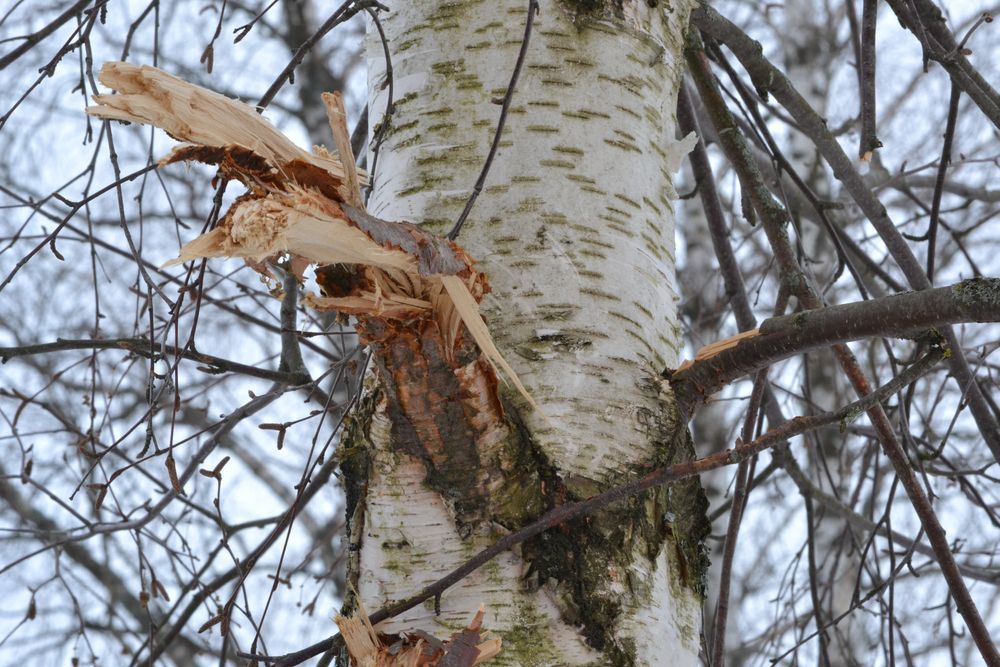

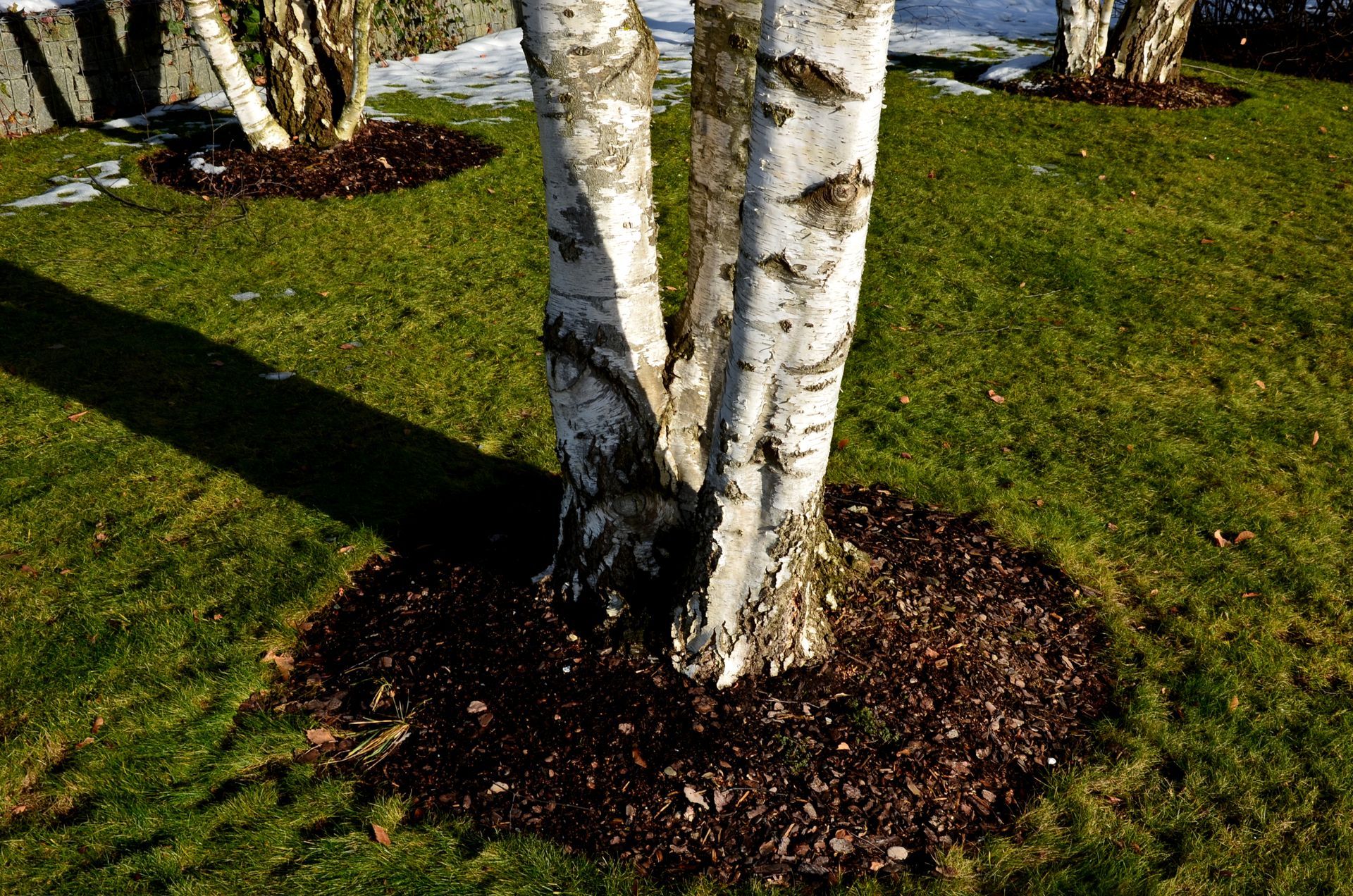
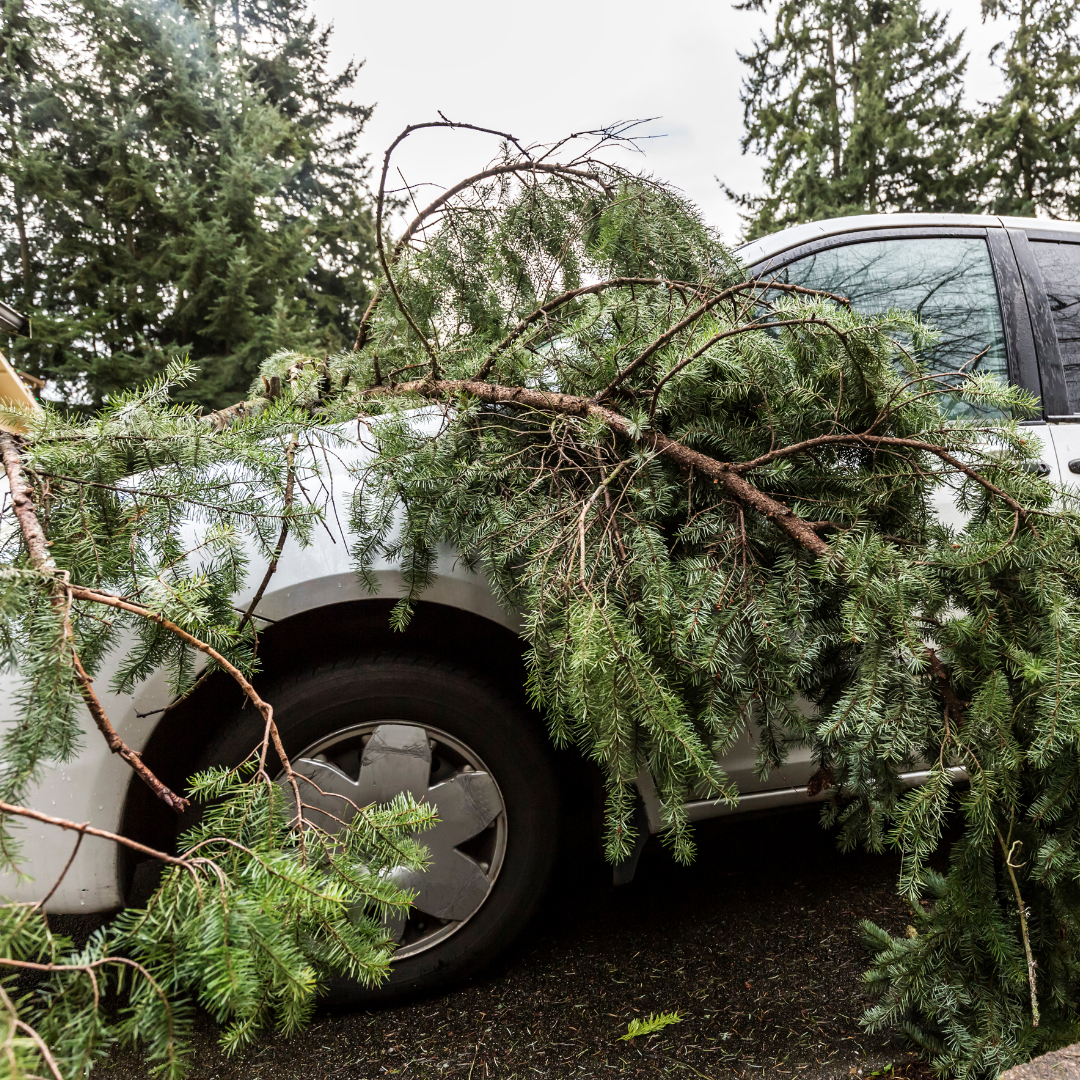
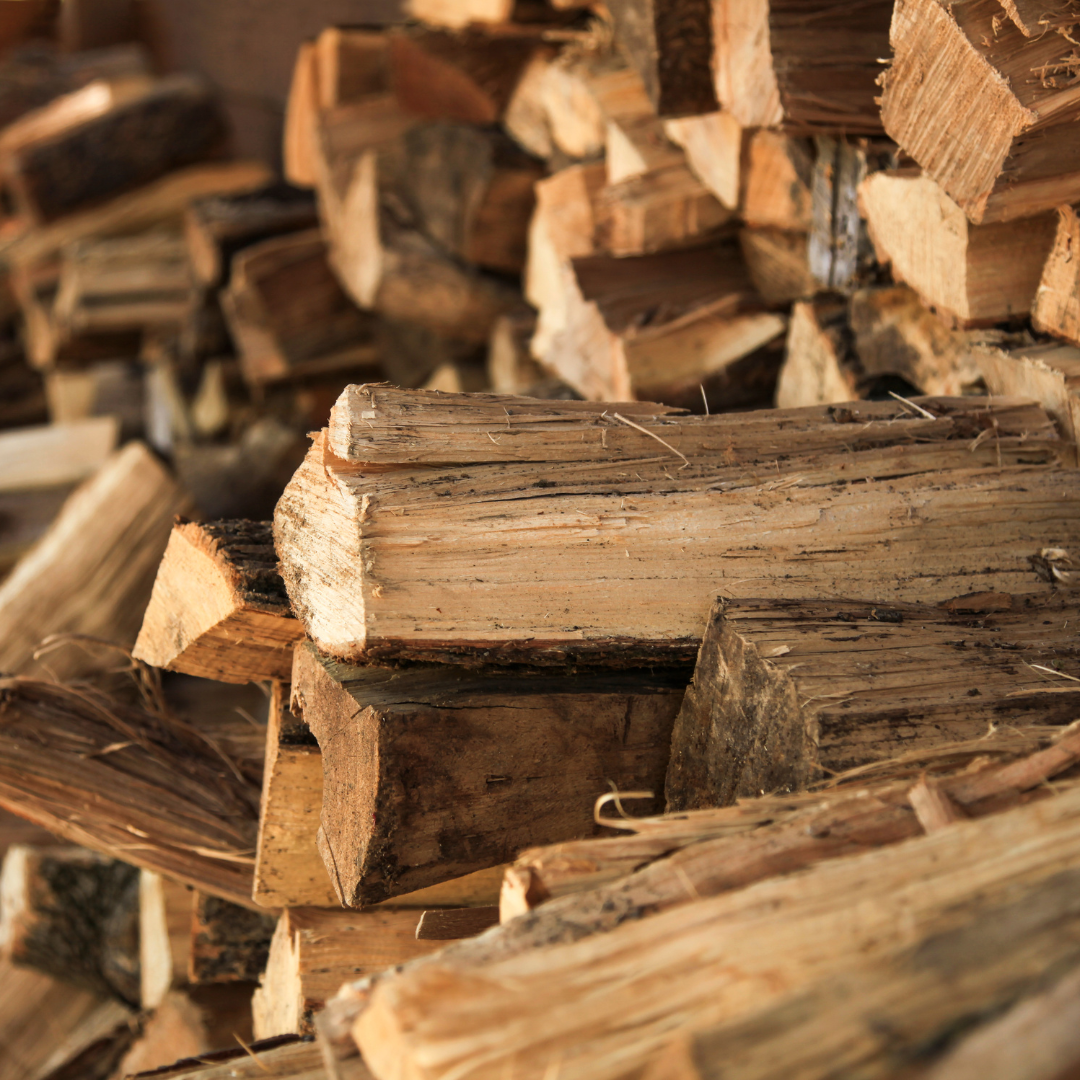
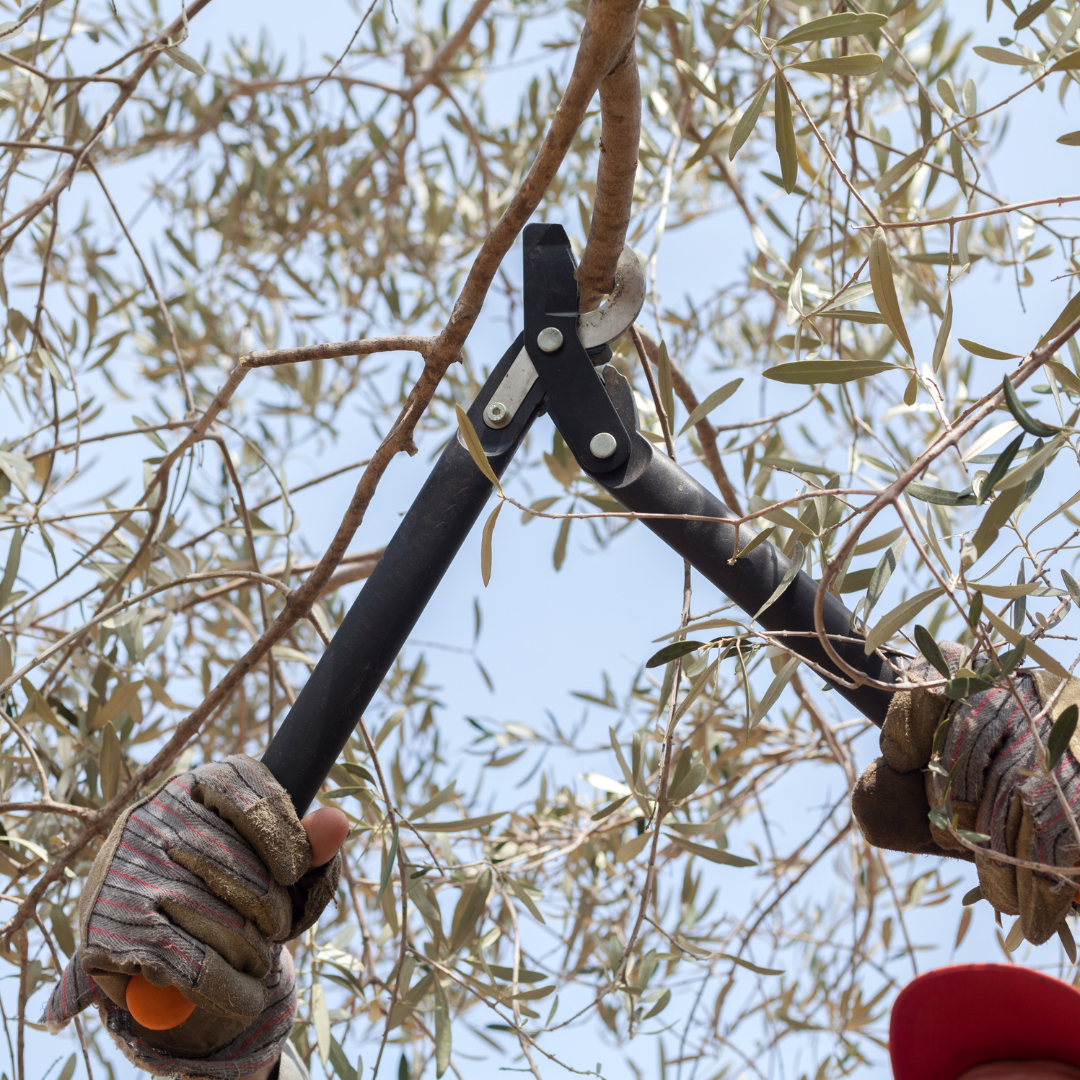

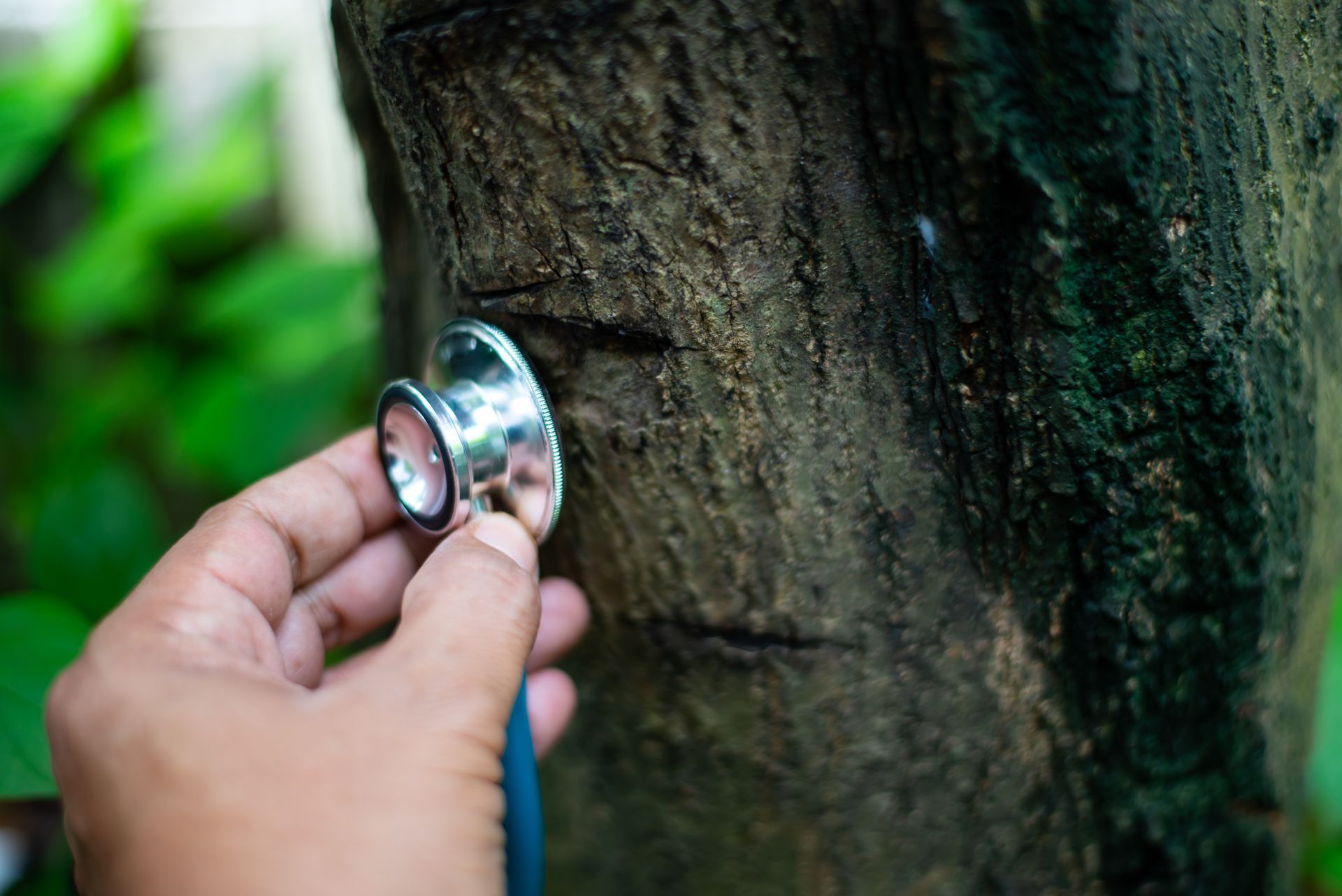


Share On: